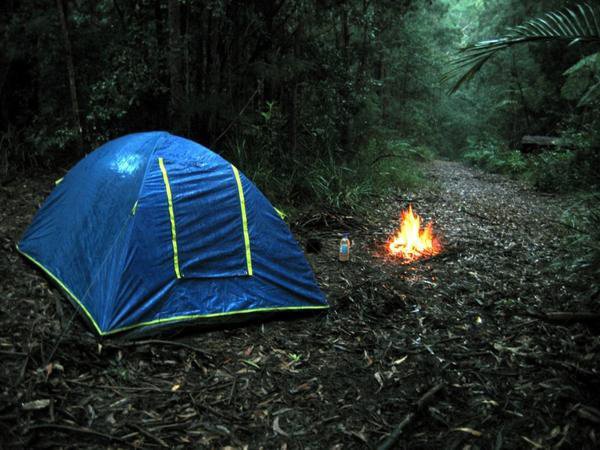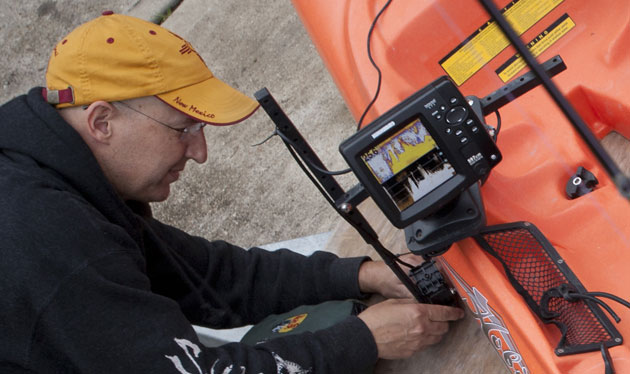Worms
Question
Thanks again for the tip Jack, I didnt get anything but I had some topwater strikes so I going to keep fishing from the bank. But another thing I wanted to ask about is Plastic Worms. I've been hearing about them so decided to try the wacky stlye and texas rig. I moved up river where there really wasnt current, using these Yum Dinger's 5-inch.ThoughthisRiver is50-100wide where I am, I cast from the shore so dont get the same range as I would from a boat. I didnt get a nibble. What can I do to make these worms more Effective? Alsotrying to find the right bait could you give some suggestions, this River like i said is between 50 to 100 ft wide avg, depth is 6 inches to at least 6 feet. Common fish are Northern Pike, Smallmouth Largemouth Bass etc. Im sorry for the long question, any advice is helpful thank you.
Answer
Jon; I thought I had answered this question but maybe I got it confused with your first one.
Anyway I will do my best on worms.
Back in the mid 1950s I saw my first plastic worm. It was red and had three small hooks molded into the body and tied together with a piece of nylon fishing line. On the line in front of the worm were several red beads and between the beads was a little metal propeller like spinner. My brother in law had it and caught fish with it. He had gotten it from a catalog; none of the local fishing stores had any. When I went back home after that fishing trip I went to the biggest tackle store around and asked about worms. The man told me to go dig them or go out with a flashlight at night and catch nightcrawlers. Before that season was over, however, there were plastic worms available. By this time you had a choice of red or black. I bought several of each and sure enough they caught fish. These same style of worms are still available today and they still will catch fish, however, today there are literally thousands of shapes,kinds, colors and materials making up the worm industry. Some are pre rigged in various ways but most are just in a package waiting for the fisherman to rig them in one of many ways.
First let's start with what can be done with worms to make fish bite them. For the most part worms are fished very very slowly. Most rigs are to keep them down near bottom and to be crawled along the bottom in little twitches. The Texas rig is largely to keep the worm from hanging up while being retrieved. The Carolina rig is about the same except the weight is much further from the worm allowing the worm to twitch and turn slowly while the weight kicks up little batches of dirt or silt attracting the fish' attention. Usually bigger bass do not nibble around with a worm but remember fish do not have hands so he has to use another method of getting the worm or anything else into his mouth. He does this by coming up to the worm and when he is close enough he opens his mouth and flares his gills. Flaring his gills blows out a large amount of water. His open mouth now fills rapidly drawing the worm #or any bait# into his mouth. You may never feel this but when he swims away with the worm in his mouth you feel a pull on your line. When you feel a steady pull set the hook. You do not need to try to turn him inside out with your strike if you are using some of the new very sharp hooks. If you feel a tap tap that is him sucking in the lure. Wait a couple of seconds and take up any slack very very slowly. You do not want him to feel you pulling #most of the time# and if he does he is likely to simply blow the worm back out and swim away. Wait until you feel him definitely pulling before setting the hook. #I realize this is in disagreement with what some fishing writers say but when I try setting the hook at the first little tap tap I seldom hook him.
The wacky worm rig is usually used from a boat and simply dangled below the boat either on bottom or somewhere above bottom. It could be used from shore with a bobber to keep it from hanging up on bottom.
The Carolina rig is only slightly different from the Texas rig in that it is worked along the bottom but the Carolina rig is worked by either the boat moving or slowly but steadily reeling the rig in. The lure at the end of this one may be one of many hundreds of different soft plastic lures.
If your river is only six inches to six feet deep you could probably wade into the shallow part and cast upstream into deeper holes. Be careful though don't step off into a hole and drown.
Casting upstream will get you more fish than downstream but it is somewhat more difficult.
There are so many different kinds and types of worms and other soft plastic lures that I cannot begin to explain them all. Most, however, can be fished in the way I have explained before. Many can be used as trailers on spoons or spinnerbaits.
is it valuable?
South Bend Bamboo model 6002 7


